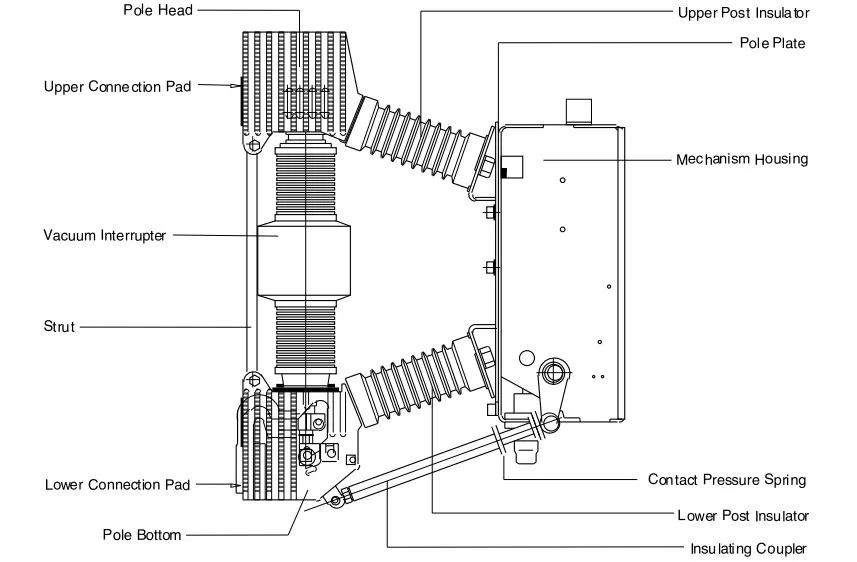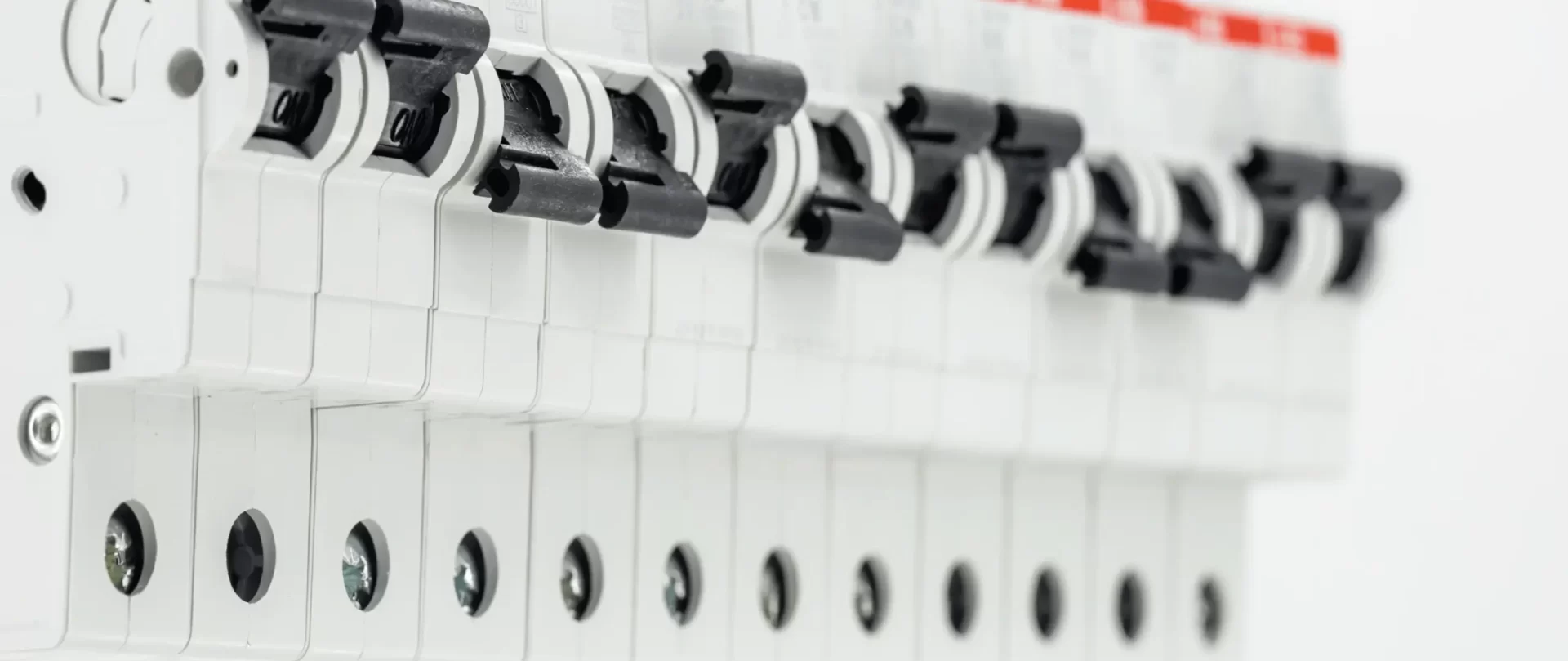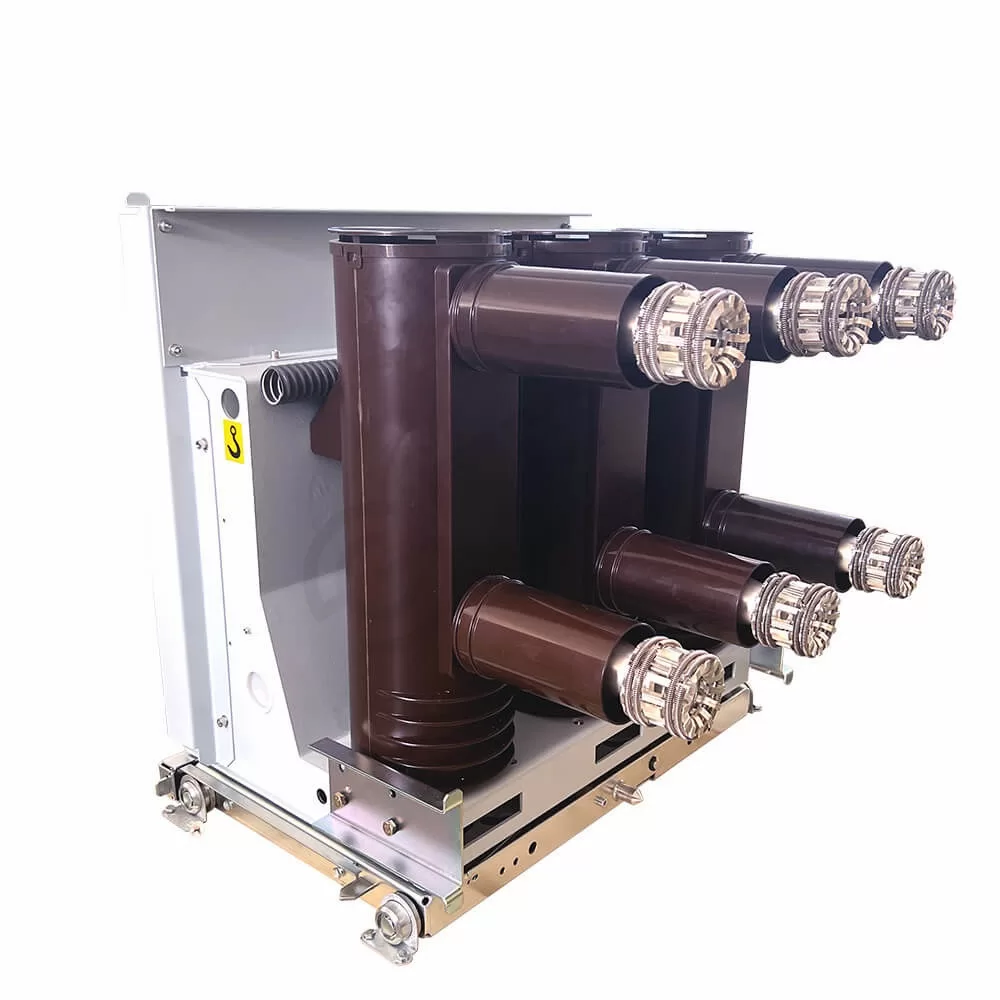A Vacuum Circuit Breaker, or VCB for short, is a specialized type of circuit breaker that utilizes a vacuum as the arc quenching medium. This unique design allows it to offer superior arc quenching properties compared to other types of circuit breakers, such as those using oil or SF6 gas.
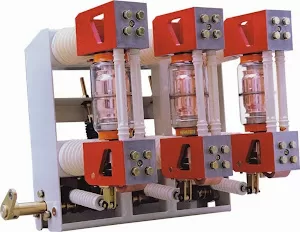
The principle behind the functioning of a VCB involves the production and quick extinguishing of an arc when the contacts of the breaker are opened in the vacuum. As the contacts separate, an arc is formed due to the ionization of metal vapors. However, the arc is rapidly extinguished as metallic vapors, electrons, and ions condense on the breaker contacts, leading to a swift recovery of dielectric strength.
The vacuum used in the VCB is of high quality, with a degree of vacuum ranging from 10^-7 to 10^-5 torr. This high insulating strength ensures efficient arc quenching and interruption of current flow.

The construction of a Vacuum Circuit Breaker typically includes fixed and moving contacts, as well as an arc shield, all enclosed in a vacuum chamber known as the vacuum interrupter. The vacuum chamber is permanently sealed using stainless steel bellows to prevent leaks.
For medium voltage applications, a glass or ceramic vessel is used as the outer insulating body. The arc shield plays a vital role in maintaining the internal dielectric strength by preventing metallic vapors from falling on the inner surface of the outer insulating cover.
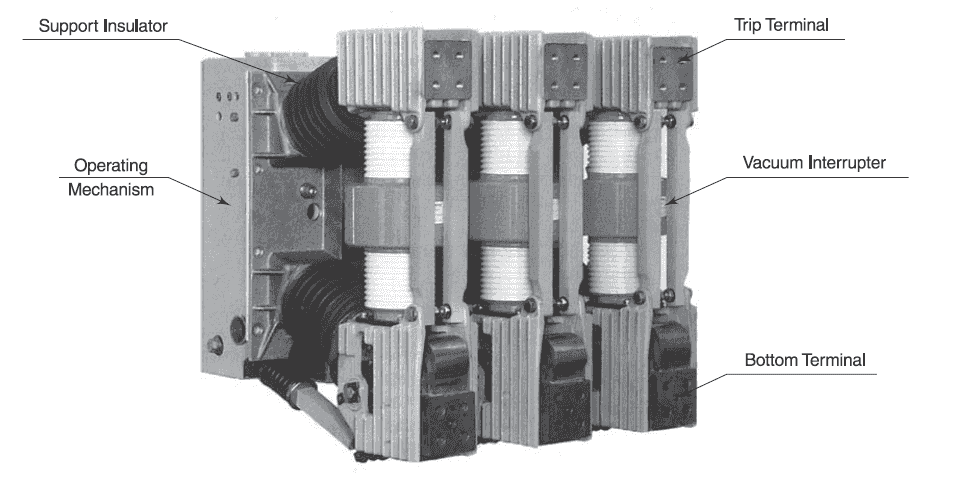
The vacuum interrupter, a crucial component, consists of a steel arc chamber and symmetrically arranged ceramic insulators. The moving contacts are made movable by metallic bellows. The arc generated between the contacts is effectively interrupted by the magnetic field induced by the spiral contact structure.
VCBs find widespread use in medium voltage power systems, as well as in high voltage substations and transmission systems. Their high interruption capability, long operational life, safety, and cost-effectiveness make them an attractive option for various applications.
In recent years, vacuum circuit breakers have become increasingly popular as an eco-friendly alternative to SF6 gas circuit breakers, given their low environmental impact. With ongoing developments and improvements in vacuum technology, the application voltage of VCBs is continuously expanding, promising a bright future for these innovative circuit breakers.
In conclusion, Vacuum Circuit Breakers have proven to be efficient and reliable solutions for interrupting and controlling currents in various power systems. Their ability to operate in high-frequency conditions and resistance to wear make them a preferred choice for many modern electrical applications. As technology continues to advance, VCBs are likely to play an increasingly vital role in the field of electrical power distribution and transmission.
